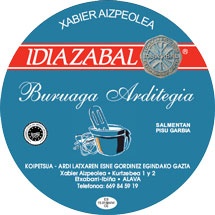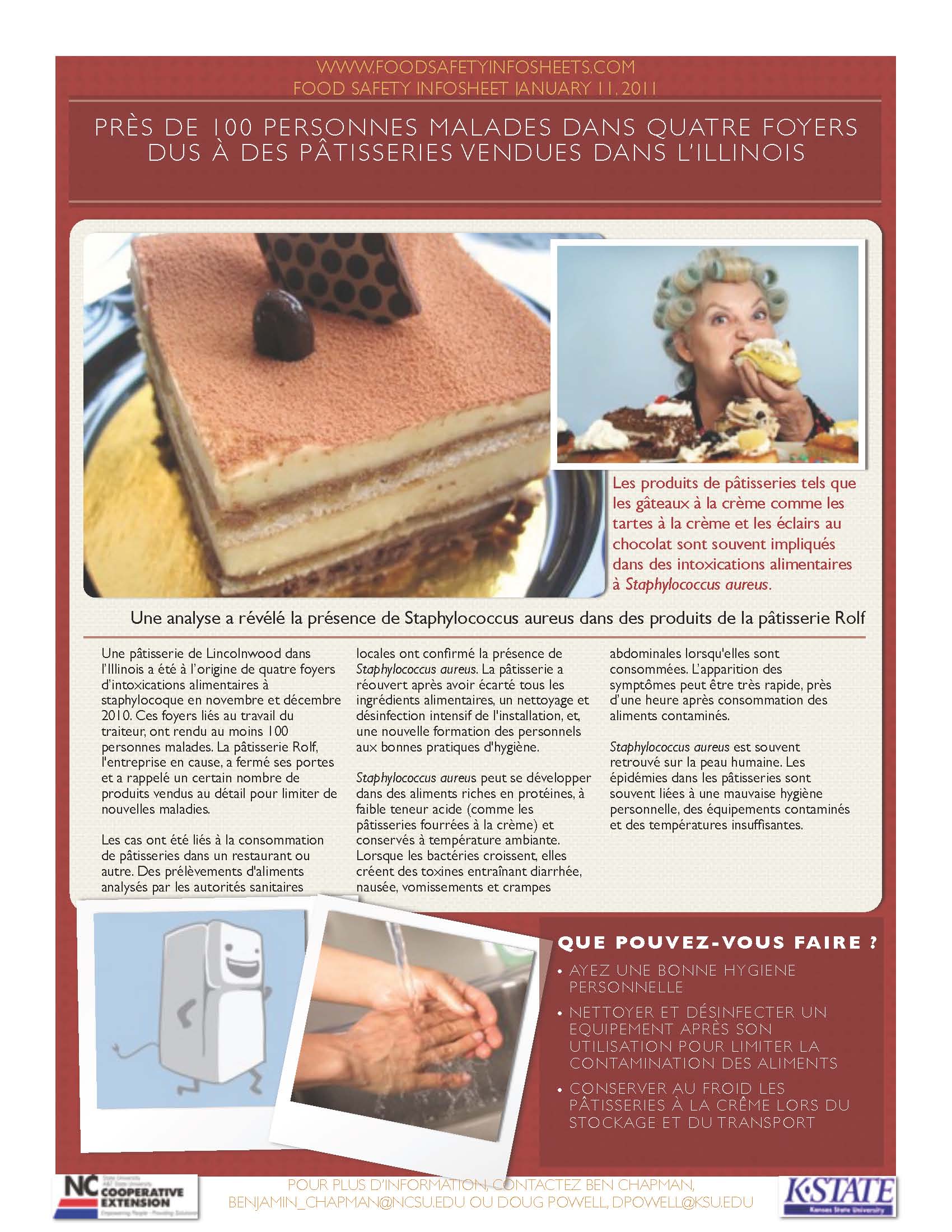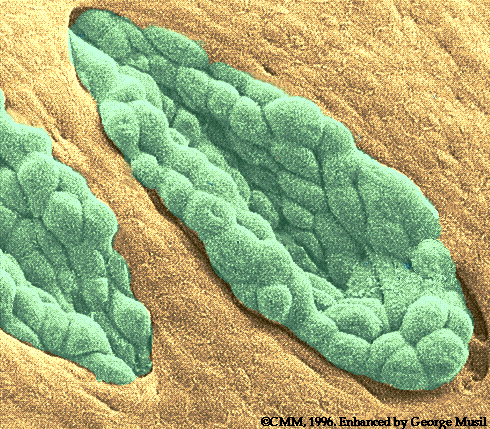I was always skeptical when it came to sushi because of hands constantly touching the rice, fish, and other ingredients that go in the roll. Rice is notorious for harbouring bacteria such as Bacillus cereus, a nasty little germ that is capable of forming a spore and can cause one to seriously embark on a journey of barfing. One of the critical control points in controlling the growth of this bacterium is to acidify the rice, that is, attain a pH of <4.6. Synder1 reports that a pH of less than 4.6 will retard the growth of this bacterium and others such as Clostridium botulinum. I remember when I attempted to make sushi at home, I added enough vinegar to the rice that one bite would have given you an instant gastric ulcer, so I stopped. But are food operators’ testing their product to ensure the rice is at a pH of <4.6?
The Arizona Daily Star reports that Sushi Ten was reported in having 11 critical health violations.
Sushi Ten, a midtown eatery specializing in raw seafood, failed its first health inspection with a new owner, Pima County reported Monday.
The restaurant, which for several years held the top spot for sushi in the Tucson Weekly’s annual "Best of Tucson" survey, amassed 11 critical food-safety violations during an inspection last Wednesday. Critical violations are those that carry the risk of spreading food-borne illness, and an eatery receives a provisional rating if a county sanitarian notices five or more of them.
Sushi Ten, 4500 E. Speedway, will be reinspected within 10 days, said Sharon Browning, manager of the county Consumer Health and Food Safety unit.
Sushi Ten’s owner, David Lam, who took over the restaurant in May, said many of the violations stemmed from his employees not being fully aware of Pima County’s health code. He said he plans to attend a county class to learn more about safe food preparation and to educate his employees.
Most of the violations were corrected during the course of the inspection, Lam said.
The violations included employees failing to wash their hands after handling raw food or dirty dishes, food not being kept at the proper temperature, and potentially hazardous food not being properly date-marked.
Source:
1. Synder, O.P. (2000A). Sushi rice HACCP. Hospitality Institute of Technology and Management.
.jpg)
 La Agencia Española de Consumo, Seguridad Alimentaria y Nutrición (AECOSAN) said the cheese was made by Buruaga Arditegia.
La Agencia Española de Consumo, Seguridad Alimentaria y Nutrición (AECOSAN) said the cheese was made by Buruaga Arditegia.




 the hollandaise sauce on the side and didn’t consume it, felt fine.
the hollandaise sauce on the side and didn’t consume it, felt fine.  moins 100 personnes malades. La pâtisserie Rolf, l’entreprise en cause, a fermé ses portes et a rappelé un certain nombre de produits vendus au détail pour limiter de nouvelles maladies.
moins 100 personnes malades. La pâtisserie Rolf, l’entreprise en cause, a fermé ses portes et a rappelé un certain nombre de produits vendus au détail pour limiter de nouvelles maladies..jpg)
 Students at one Putnam County high school in West Virginia walked out of school Monday morning and then came back to school after hours — to clean.
Students at one Putnam County high school in West Virginia walked out of school Monday morning and then came back to school after hours — to clean.